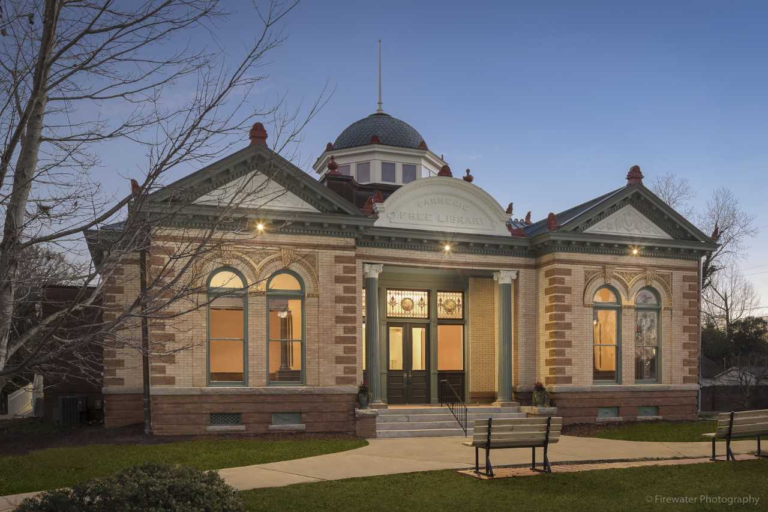The dog days of summer may be here but the world of tax credits is as active as ever, due to the recent annual award of New Markets Tax Credits. In this week’s blog, we are going to highlight the power of this program through our work with IPH (formerly “Interfaith Partnership for the Homeless”), a non-profit organization based in Albany, NY which used both New Markets Tax Credits (“NMTCs”) and Historic Tax Credits (“HTCs”) last year to expand its services to the homeless and near-homeless of Albany through the renovation of a former School and Convent to house its enhanced health/wellness, housing units and other support services.
IPH was founded in 1984 by the Capital Area Council of Churches as a non-denominational provider of emergency shelter for single adults, providing a continuum of services for homeless and at-risk individuals and families that promote life skills development and self-sufficiency for the past 35 years. In hoping to expand their services, NMTCs were an integral financing piece for IPH to secure in order to make this expansion a reality.
The New Markets Tax Credit program was established in 2000 to spur economic development in low-income communities throughout the USA. The program provides a tax credit of 39% for real estate projects, small business development, and a variety of other pursuits in low-income communities. Every year a division of the Treasury Department, called the CDFI Fund, awards various groups called Community Development Entities an allocation of these tax credits. CDEs facilitate and largely control the process of accessing NMTC funds, as they are competitively awarded a NMTC allocation from the CDFI Fund to invest in projects in low-income communities that best fit their mission. NMTC eligibility of a given project is based on the demographics of the census tract in which it is located. In order to qualify, the census tract must either have i) a poverty rate of at least 20% or ii) 80% or less of the area’s median family income. Unlike using HTCs, this process of attracting allocation from a CDE is competitive, and projects that demonstrate the most community impact are more likely to be awarded NMTC allocation.
Because of IPH’s incredible work with the homeless and near-homeless, their project drew significant interest from CDEs. BW&A worked with IPH to assimilate State Grants, Private Fundraising, Debt, Federal and State HTCs, and other sources with $10 Million of New Market Tax Credit allocation. In combination with a $5 Million Bridge Loan that BW&A secured for IPH, BW&A monetized over $5 Million of tax credit equity for the renovation, representing 40% of the project’s $12.5 Million development budget. The substantial infusion of cash from NMTCs & HTCs allowed IPH to add additional elements to the construction project such that the renovated facility would better serve their patrons. The tax credit equity also allowed IPH to setup substantial operating reserves to ensure the organization is financially stable for years into the future.
“Working with the team at Brian Wishneff & Associates allowed us the opportunity to accomplish the largest project in IPH’s history. Their specialized knowledge, attention to detail and extreme work ethic guided IPH to be successful in obtaining tax credits for programs that are making life changing differences for individuals and families experiencing and facing homelessness. Historic and New Markets Tax Credit financing were critical in allowing us to complete the project and expand the benefits we provide for the vulnerable people we serve.”
Janine Robitaille, Executive Director of IPH
These historic school and convent buildings now house IPH’s Community Connections Center and Health and Wellness Center. The new Community Connections Center has allowed IPH to double the number of community members it serves, providing case management, meals, permanent supportive housing daily. The expanded Health and Wellness Center now offers expanded services, multiple exam rooms, community training space, and improved accessibility, over a total of 3,000 visits with health and wellness staff annually.
BW&A is currently representing its clients in attracting allocation from CDEs. To learn more about how BW&A can help, please reach out to david@wishneff.com.
